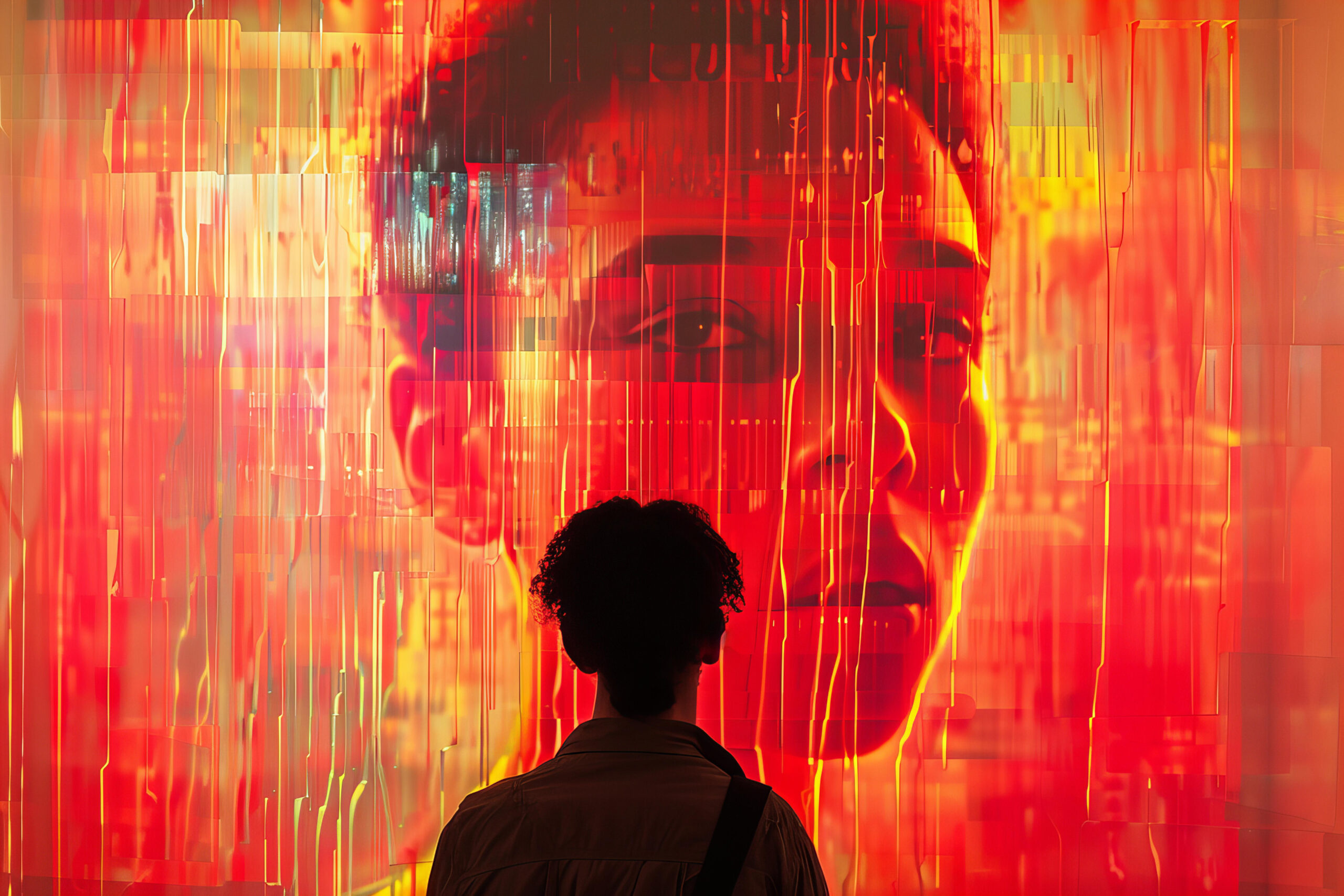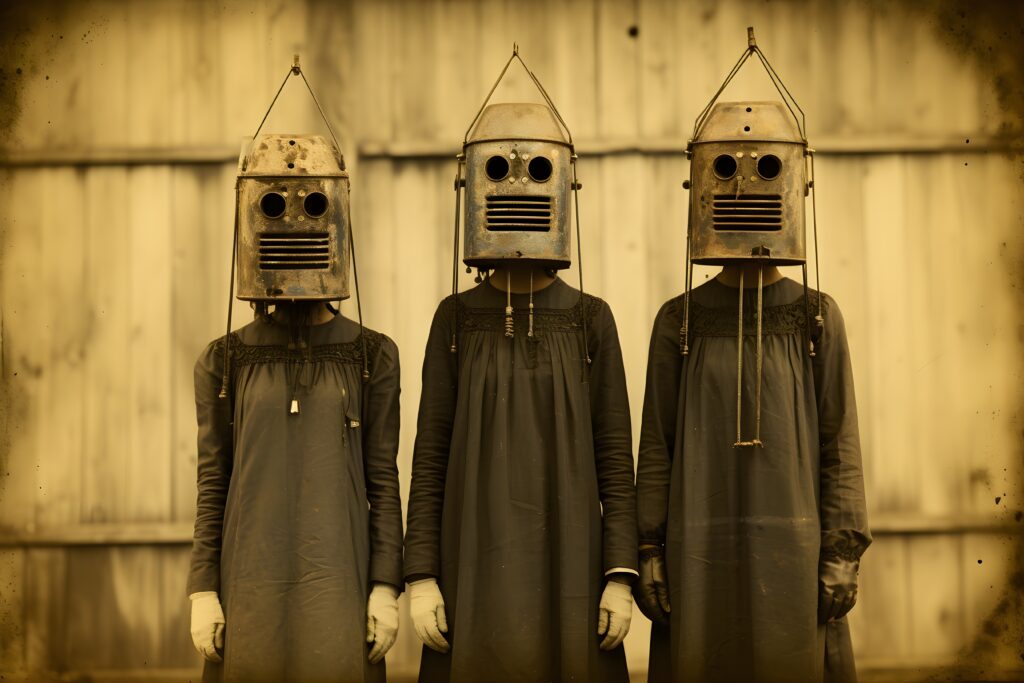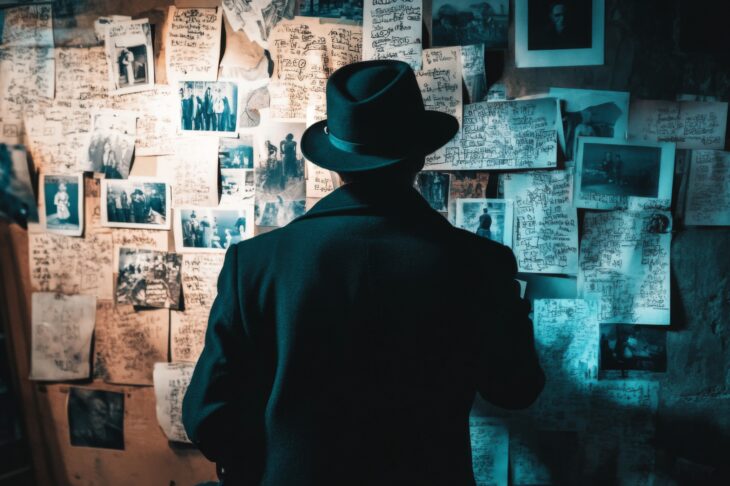
The Symbiotic Dance: Conspiracy Theorists and Debunkers in the Digital Arena
In the vast, interconnected world of the internet, few relationships are as fascinating—or as fraught—as the one between conspiracy theorists and their debunkers.
At first glance, they appear to be locked in an eternal battle, two opposing forces clashing over the truth.
But dig a little deeper, and it becomes clear that this relationship is far more complex. It’s not just a conflict; it’s a symbiotic dance.
Each side thrives on the other’s existence, feeding off the energy of confrontation, the thrill of the debate, and the validation that comes from having an adversary.
The Players: Who Are the Conspiracy Theorists and Debunkers?
Before diving into the dynamics, it’s worth defining the key players in this relationship. Conspiracy theorists are individuals who believe in alternative explanations for events, often rejecting mainstream narratives in favour of hidden plots orchestrated by powerful entities.
Their theories can range from the plausible (e.g., government surveillance) to the outlandish (e.g., flat Earth or reptilian overlords). What unites them is a deep distrust of authority and a belief that they are uncovering truths that others are too blind or complicit to see.
Debunkers, on the other hand, are the self-appointed guardians of rationality. They are often scientists, journalists, or passionate amateurs who take it upon themselves to dismantle conspiracy theories using evidence, logic, and reason.
Their mission is to counter misinformation and protect the public from what they see as dangerous falsehoods.
At first glance, these two groups seem diametrically opposed. But their relationship is far from one-sided. In fact, they need each other more than they might care to admit.

The Symbiosis: Why They Need Each Other
1. The Thrill of the Fight
For conspiracy theorists, debunkers are the perfect foil. They represent the “establishment” that conspiracy theorists love to rail against. Every rebuttal from a debunker is seen as further proof of the conspiracy—after all, why would they bother to debunk something if it weren’t true? This creates a feedback loop: the more debunkers push back, the more entrenched the theorists become.
Debunkers, meanwhile, gain a sense of purpose from their confrontations with conspiracy theorists. They see themselves as warriors for truth, fighting against the tide of misinformation. The more outlandish the theory, the more satisfying it is to dismantle it. This dynamic turns the debate into a kind of performance, with both sides playing their roles to perfection.
2. The Audience Factor
The internet has turned this relationship into a spectator sport. Social media platforms, YouTube, and forums like Reddit provide a stage for these debates, with audiences eagerly watching from the sidelines. Conspiracy theorists and debunkers alike are acutely aware of their audiences, and this shapes how they engage with each other.
For conspiracy theorists, the presence of debunkers adds credibility to their claims. It makes them feel like they’re part of a larger battle between truth and deception. For debunkers, the audience provides validation. Every like, share, or comment reinforces their belief that they’re doing important work.
This audience-driven dynamic creates a perverse incentive for both sides to be as confrontational as possible. After all, nothing draws a crowd like a good fight.
3. The Validation of Identity
At its core, this relationship is about identity. Conspiracy theorists often see themselves as brave truth-seekers, standing up to a corrupt system. Debunkers, meanwhile, see themselves as defenders of reason and science. Each side’s identity is reinforced by the existence of the other.
For conspiracy theorists, debunkers are the embodiment of the system they’re fighting against. Every time a debunker dismisses their claims, it confirms their belief that they’re being silenced or marginalised. For debunkers, conspiracy theorists are a reminder of why their work is necessary. They represent the dangers of irrationality and the importance of standing up for the truth.
In this way, the relationship becomes self-sustaining. Each side needs the other to validate their sense of purpose and identity.

The Consequences: What’s at Stake?
While this symbiotic relationship might be fascinating to observe, it’s not without its consequences. The endless back-and-forth between conspiracy theorists and debunkers can have real-world impacts, both positive and negative.
1. The Spread of Misinformation
One of the most obvious consequences is the spread of misinformation. Conspiracy theories thrive in environments where they can be shared and debated freely, and the internet provides the perfect platform for this. Even when debunkers successfully dismantle a theory, the act of engaging with it can sometimes give it more visibility than it would have had otherwise.
This is known as the “streisand effect,” where attempts to suppress or debunk something end up drawing more attention to it. In some cases, debunkers may inadvertently amplify the very theories they’re trying to counter.
2. The Erosion of Trust
Another consequence is the erosion of trust in institutions and experts. Conspiracy theorists often frame debunkers as part of the problem, accusing them of being shills or pawns of the establishment. This can lead to a broader distrust of science, journalism, and other sources of authoritative information.
At the same time, the confrontational nature of these debates can alienate people who might otherwise be open to reason. When debunkers come across as dismissive or condescending, it can push people further into the arms of conspiracy theorists.
3. The Polarisation of Discourse
Finally, this dynamic contributes to the polarisation of online discourse. The internet thrives on conflict, and the battles between conspiracy theorists and debunkers are no exception. These debates often devolve into shouting matches, with both sides talking past each other rather than engaging in meaningful dialogue.
This polarisation makes it harder to find common ground or bridge the gap between different perspectives. It also creates an environment where nuance and complexity are often lost in favour of black-and-white thinking.
Breaking the Cycle: Is There a Way Forward?
Given the entrenched nature of this relationship, is there any way to break the cycle? While there are no easy answers, there are a few potential strategies that could help.
1. Empathy Over Confrontation
One approach is for debunkers to adopt a more empathetic tone. Instead of dismissing conspiracy theorists outright, they could try to understand the underlying fears and anxieties that drive these beliefs. By addressing the root causes of conspiracy thinking, they might be able to reach people who would otherwise be resistant to reason.
2. Building Trust
Another strategy is to focus on building trust in institutions and experts. This means being transparent about the limitations of science and acknowledging when mistakes are made. It also means engaging with the public in a way that is accessible and respectful, rather than condescending or dismissive.
3. Promoting Media Literacy
Finally, promoting media literacy is crucial. By teaching people how to critically evaluate information, we can empower them to make informed decisions and resist the allure of conspiracy theories. This includes not only fact-checking skills but also an understanding of how algorithms and social media platforms shape the information we see.
A Dance Without End?
The relationship between conspiracy theorists and debunkers is a complex and often frustrating one. It’s a dance that neither side can easily walk away from, as each depends on the other for validation, purpose, and identity. While this dynamic can lead to the spread of misinformation and the erosion of trust, it also highlights the challenges of seeking truth in an increasingly polarised world.
Breaking the cycle won’t be easy, but it’s not impossible. By fostering empathy, building trust, and promoting media literacy, we can create a more informed and rational public discourse. Until then, the dance will continue—a testament to the enduring power of belief, the allure of conflict, and the human need for meaning in an uncertain world.
In the end, perhaps the real conspiracy is the one we’ve all been complicit in: the belief that we can ever truly “win” the battle for truth. Maybe the answer lies not in defeating the other side, but in finding a way to coexist—even if that means stepping back from the dance floor every now and then.
